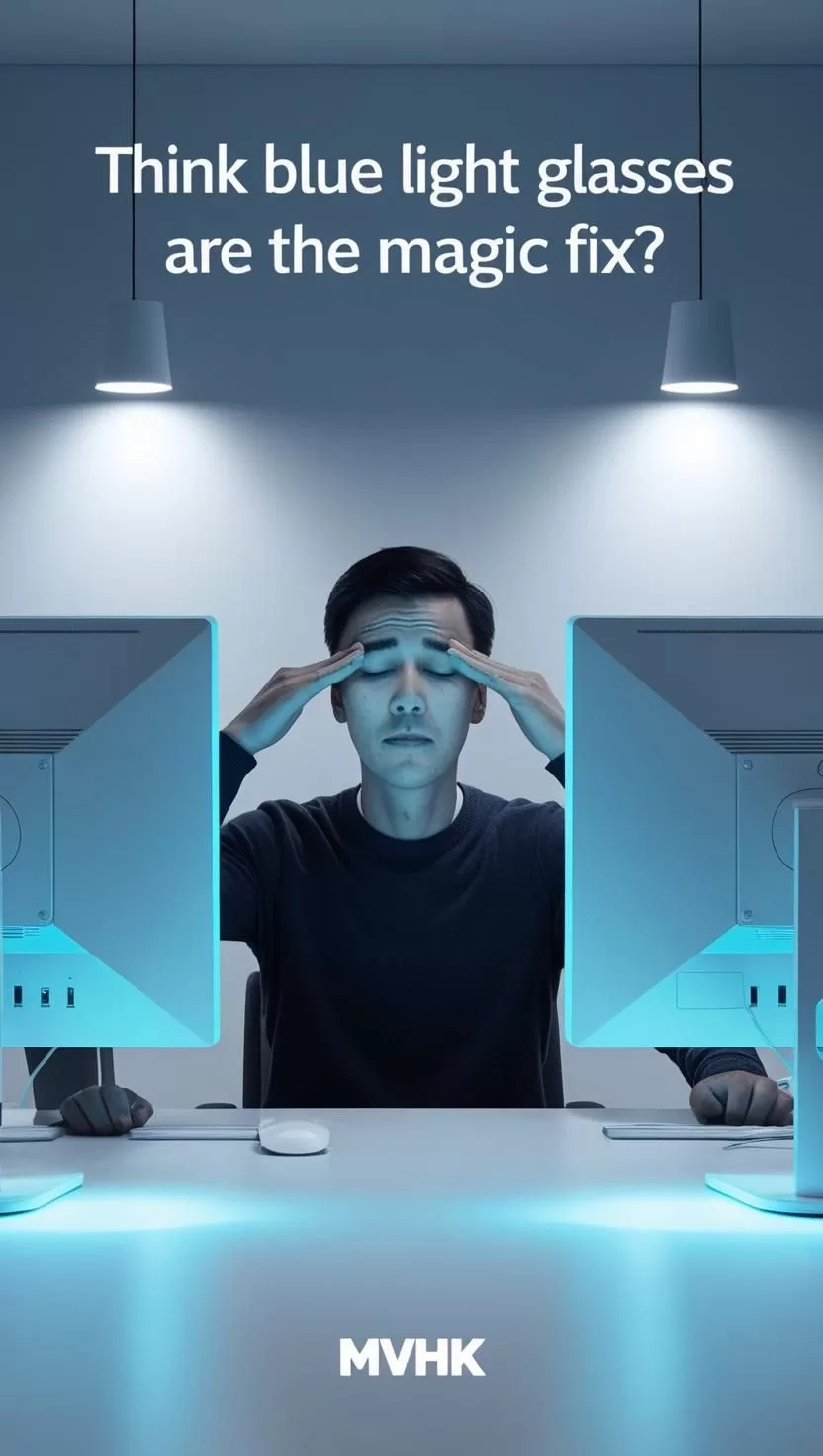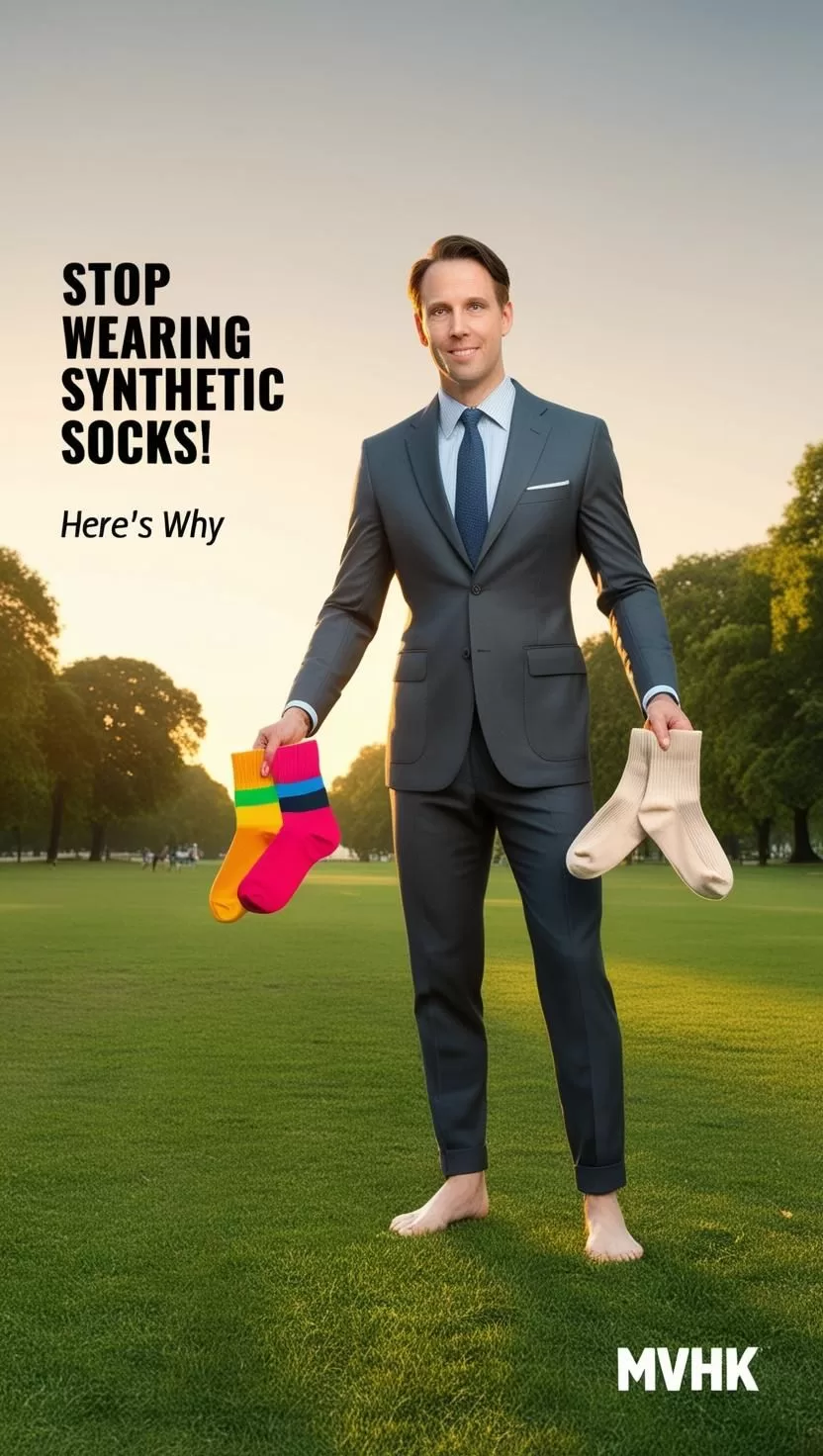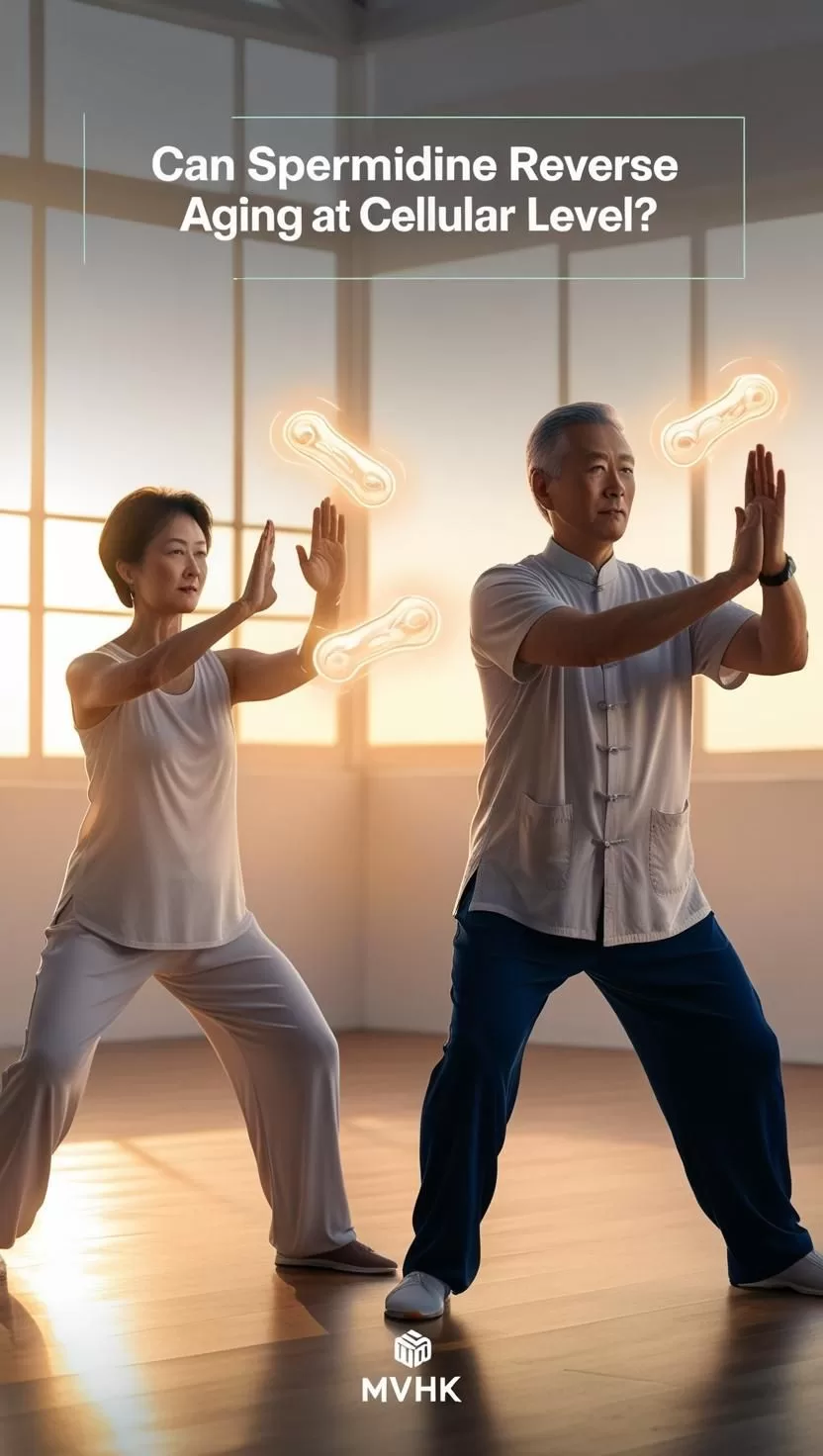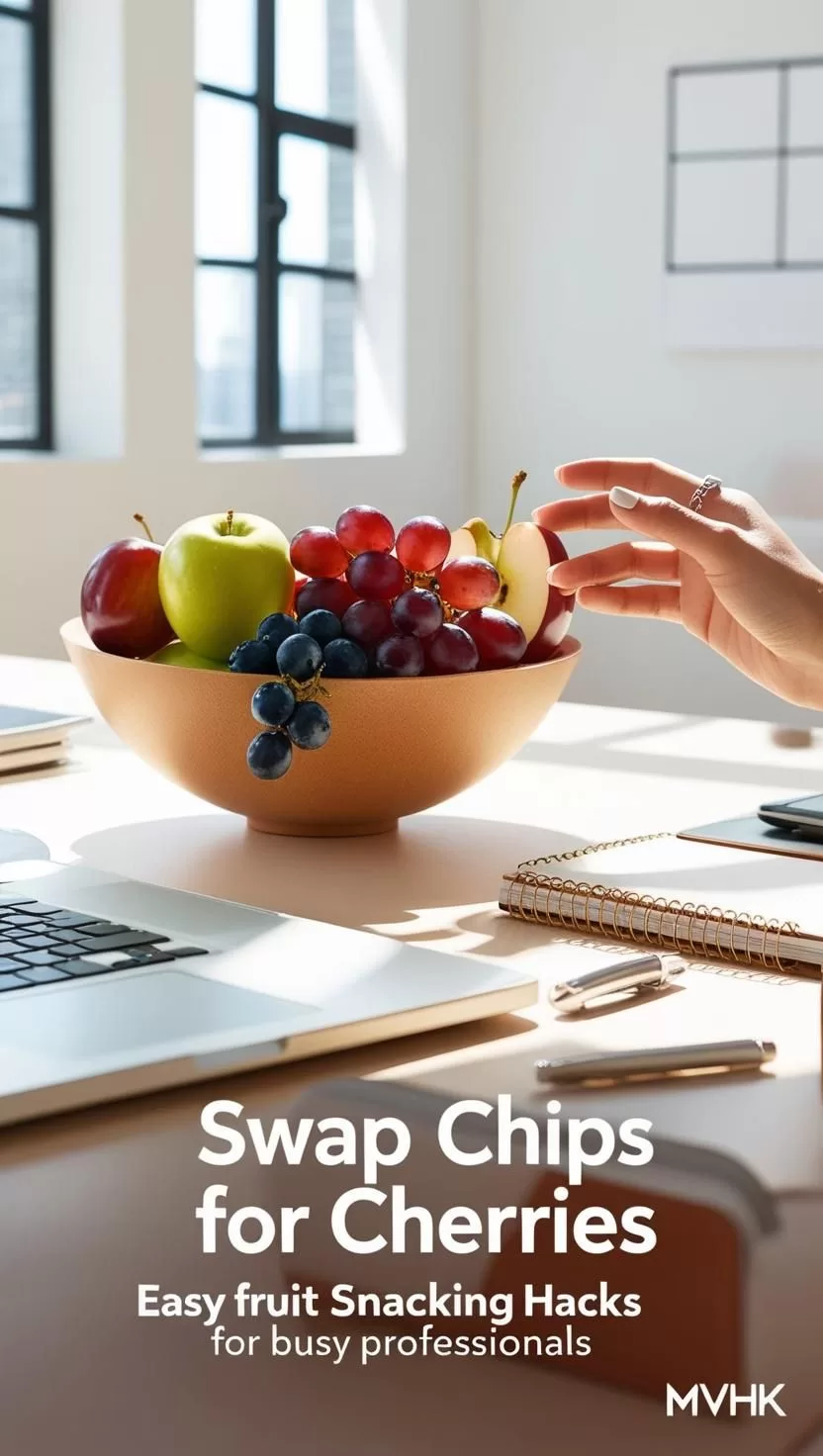Busted: Blue Light Glasses Aren’t Enough to Save Your Eyes!
Almost every busy professional today spends hours staring at screens, whether it’s a laptop, phone, or tablet. And while blue light blocking glasses have flooded the market promising relief, early research and expert opinions show they are just a small piece of the solution.
The real answer lies in smarter habits, not just trendy accessories.
1️⃣ Why Blue Light Alone Isn’t the Full Villain
Blue Light Basics: What You Need to Know
Screens emit a combination of red, green, and blue light—colors very similar to sunlight. Blue light is high-energy visible (HEV) light, but the amount emitted by digital devices is far less intense than natural sunlight. Yet, prolonged exposure at close distances can cause digital eyestrain.
Digital Eyestrain: More Than Just Light
Digital eyestrain, often called Computer Vision Syndrome (CVS), stems not only from blue light but from multiple factors:
- Decreased blinking rate
- Poor posture
- Bad screen angles
- Harsh ambient lighting
- Continuous focus without breaks
2️⃣ Why Blue Light Glasses Alone Won’t Save You
Myth: Blue Light Glasses Eliminate Eye Strain
Reality: They may slightly reduce glare, but they don’t fix root causes like poor ergonomics, blink rate, or extended close-up focus.
| Belief | Reality |
|---|---|
| Glasses fix everything | Glasses reduce glare but don’t solve blinking/fatigue issues |
| Screens are harmless | Prolonged close work strains muscles, regardless of glasses |
🔗 Check out a detailed AAO guide on digital eyestrain here{target=”_blank”}.
What Actually Works
- 20-20-20 Rule: Every 20 minutes, look at something 20 feet away for 20 seconds.
- Better Lighting: Adjust ambient and task lighting to minimize glare.
- Screen Position: Keep your monitor 20-28 inches away, with the top slightly below eye level.
- Conscious Blinking: Blink fully and often to rehydrate the eyes.
3️⃣ Total Lifestyle Strategies to Defeat Digital Eyestrain
Workplace Ergonomics Matter
Good ergonomics can cut strain dramatically:
- Monitor height and angle
- Adjustable chairs
- Wrist rests and foot support
Tech Breaks Are Not Optional
Prolonged screen time overloads the visual system. Short, frequent breaks give muscles time to relax.
Nutrition and Hydration
Omega-3 fatty acids, hydration, and antioxidant-rich foods support healthy tear production and retinal protection.
🔗 Learn about healthy diet tips for eye protection from Harvard Health{target=”_blank”}.
Conclusion: How to Get Started Today
Don’t throw away your blue light glasses—but don’t expect them to be your superhero either!
Implement small, smart changes like posture correction, the 20-20-20 rule, and strategic lighting.
Your future eyes will thank you. 👁️✨
- Harvard Health Blog – Protecting Your Vision{target=”_blank”}
FAQ
What is digital eyestrain?
Digital eyestrain refers to a group of eye and vision-related problems that result from prolonged computer, tablet, e-reader, and cell phone use.
Are blue light blocking glasses effective?
They can help reduce glare but are not a complete solution for eyestrain; posture, breaks, and lighting play larger roles.
How often should I take breaks to prevent eyestrain?
Every 20 minutes, look at something 20 feet away for at least 20 seconds.






